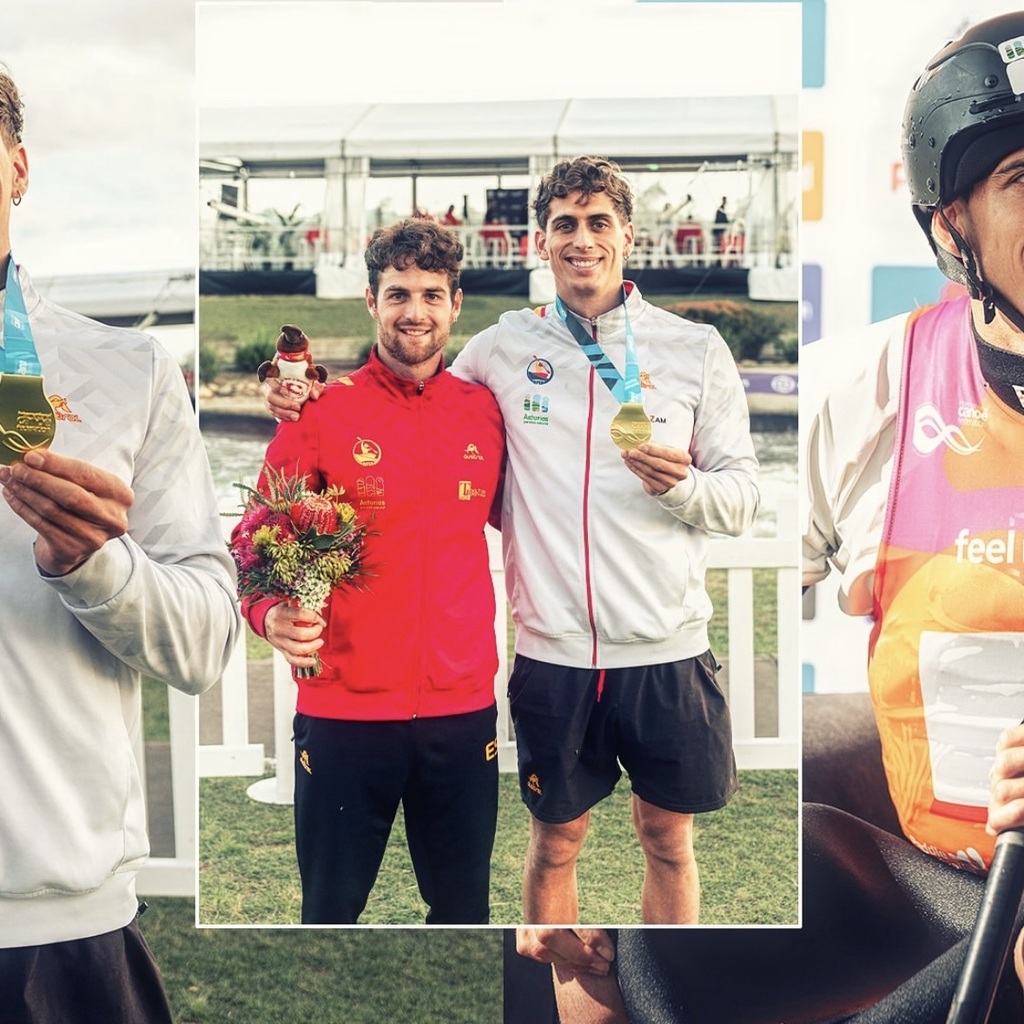On many occasions, I have heard coaches from different sports claim that a coach is nothing more than another tool within the sporting process. From this perspective, it is the athlete who must decide how, when, and to what extent to use that tool in order to achieve maximum performance.
However, I firmly believe that reducing the figure of the coach to a mere tool oversimplifies a relationship that is far richer and more complex. By definition, a tool is an inert object, without will, that only acquires meaning when someone uses it to manipulate reality. But the coach, unlike a tool, is not a passive object.
From my perspective, the coach is an active agent within the sporting system. He does not simply wait for the athlete’s initiative, but rather brings direction, energy, and dynamism. The coach is someone who observes, analyzes, and projects—someone who detects what the athlete does not yet see, and who introduces into the equation an external force capable of transforming the course of the process.
The coach–athlete relationship, therefore, should not be understood in terms of “use” or “utilization,” but rather as a living interaction in which both influence and transform one another. The coach accompanies, pushes, opens paths, points out risks, and ultimately sets in motion dynamics that the athlete, on their own, would find very difficult to generate.
In this sense, I like to think of the coach not as a tool, but as a catalyst: someone who accelerates, enhances, and guides processes, without ever replacing the athlete’s will or ultimate responsibility.



